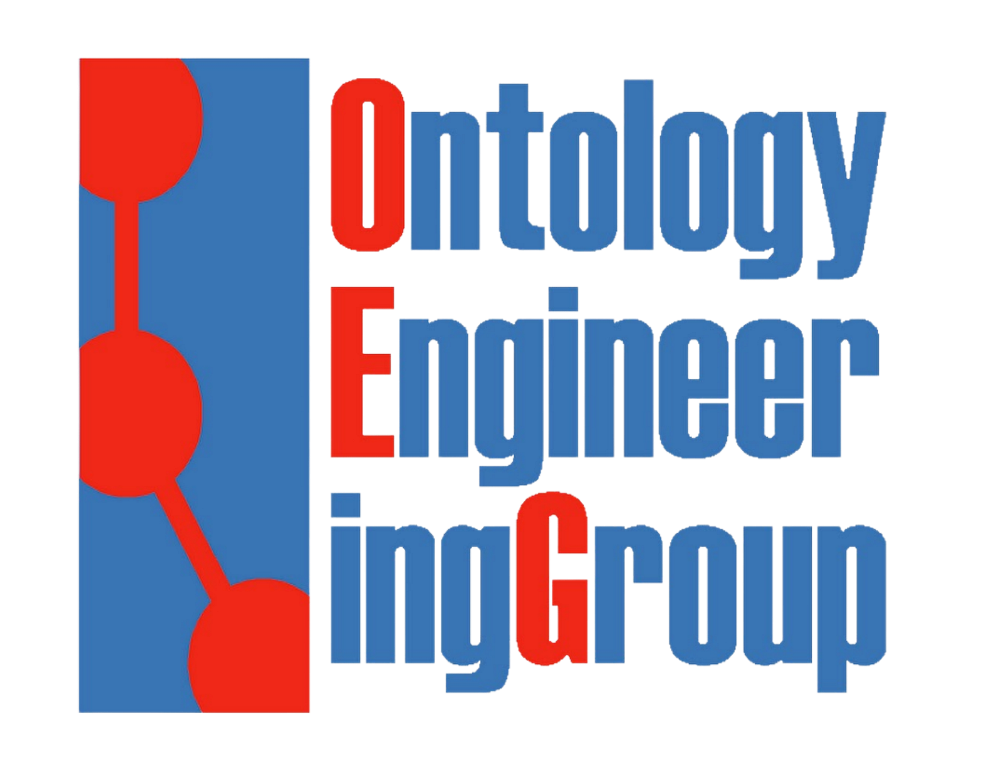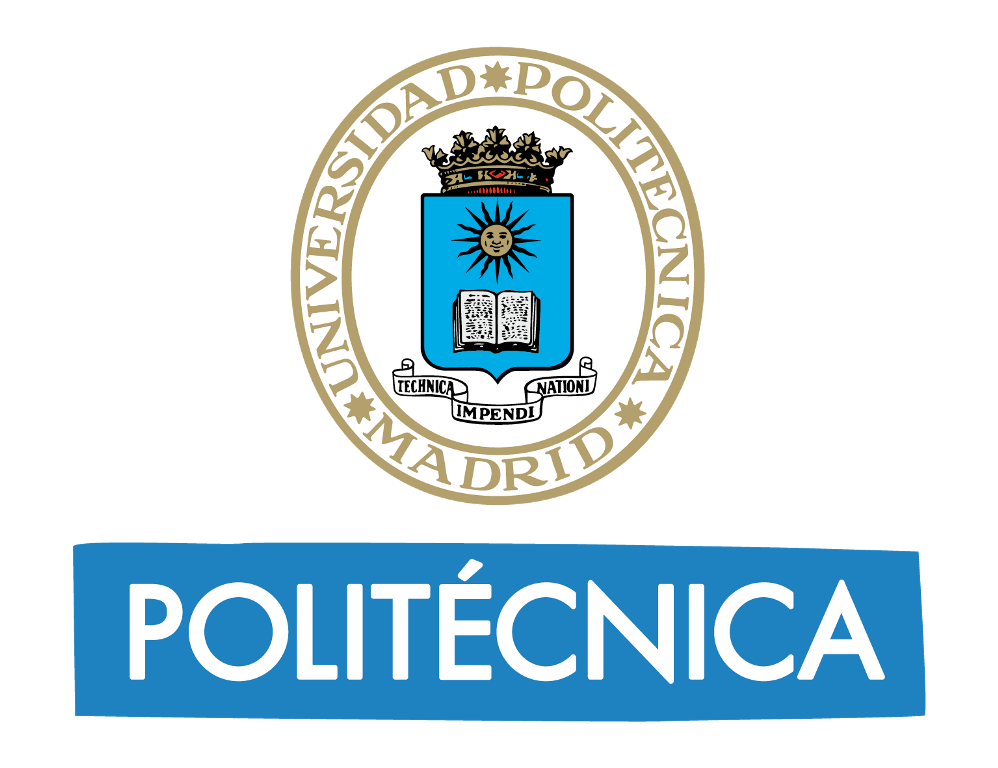Why Morph-KGC
Reasons to Use Morph-KGC
Performance
Morph-KGC relies on the usage of mapping partitioning to achieve efficient knowledge graph materialization. Morph-KGC can run mapping rules in parallel using the full power of the CPU. Additional optimizations are also implemented to increase efficiency: redundant self-join elimination, vectorized operations, hash joins and more.
W3C Compliance
Morph-KGC adopts the W3C Recommendation R2RML mapping language to map relational databases to RDF. In addition, it supports RML-Core, RML-star (for RDF-star generation) and RML-FNML (for data transformations), which are being further developed by the Knowledge Graph Construction W3C Community Group.
Usability
Morph-KGC supports YARRRML, a user-friendly serialization of RML that eases mapping development. Morph-KGC natively processes YARRRML, there is no need of previous mapping translation.
Reliability
Morph-KGC is being used for all our knowledge graph construction projects at the Ontology Engineering Group, and other organizations have adopted it as well for their RDF and RDF-star materialization pipelines. This is why we put strong emphasis in keeping it stable, with solid releases. The engine is under continuous integration using R2RML test cases, RML test cases and RML-star test cases, in addition to more complex ones.
Free & Open Source
Morph-KGC is available under the permissive Apache License 2.0, which allows commercial use, modification, distribution, patent use and private use.
Featured In
- Practical guide for the publication of linked data from datos.gob.es.
- Loading Data in GraphDB: Best Practices and Tools.
- FAIR Cookbook.
- Data2Services.
- RDF, RML, YARRRML: A basic tutorial to create Linked Data from a relational database table.
Integrated In
In Education
- Universidad Nacional del Comahue (Argentina).
- Universidad Politécnica de Madrid (Spain).

